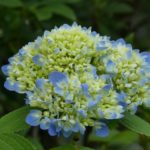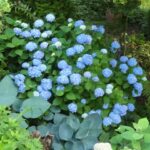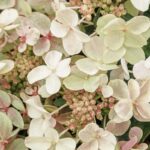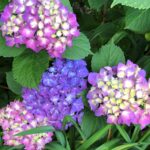I was horrified this past weekend to spot an extensive case of hydrangea scale on my climbing hydrangea (hydrangea ssp. petiolaris). It was an accidental discovery as my original mission was to prune it back. As covered in my book, Success with Hydrangeas, climbing hydrangeas flower on old wood so I knew it had to have its haircut before too long.
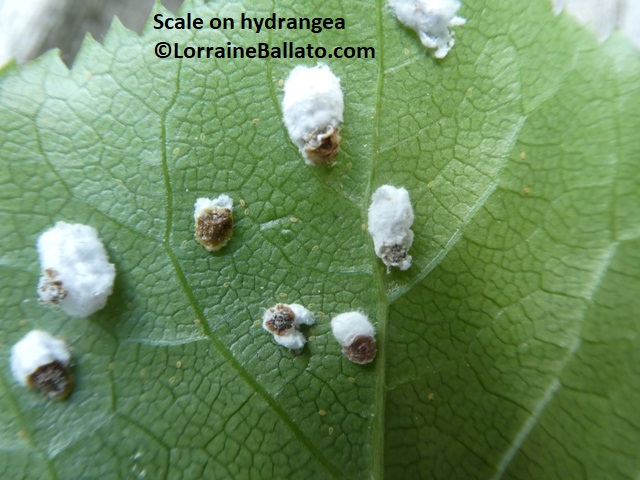
Female scales on climbing hydrangea
What’s the Story on Hydrangea Scale
Once I got over the sense of panic at possibly losing this magnificent plant, I set about to research all the deets on hydrangea scale. The beast (Pulvinaria hydrangeae) masquerades as multiple pathogens. A common one is cottony camellia scale (Pulvinaria floccifera) or cottony taxus scale. All have the same life cycle and susceptibility to treatments.
It turns out that this scale insect likes camellias, hollies, and lots of other shrubs. (So I guess I need to inspect those as well!). Fortunately, I don’t think there will be too much damage as long as I do what the experts recommend ‘cause I think I caught it in time.
The Action I Needed to Take
Organic treatments include hand picking/squishing/rubbing off the creatures. Or I could spray with summer weight horticultural oil, or insecticidal soap.
My plant drapes over a 10 foot arbor so manual removal wouldn’t get the job done.
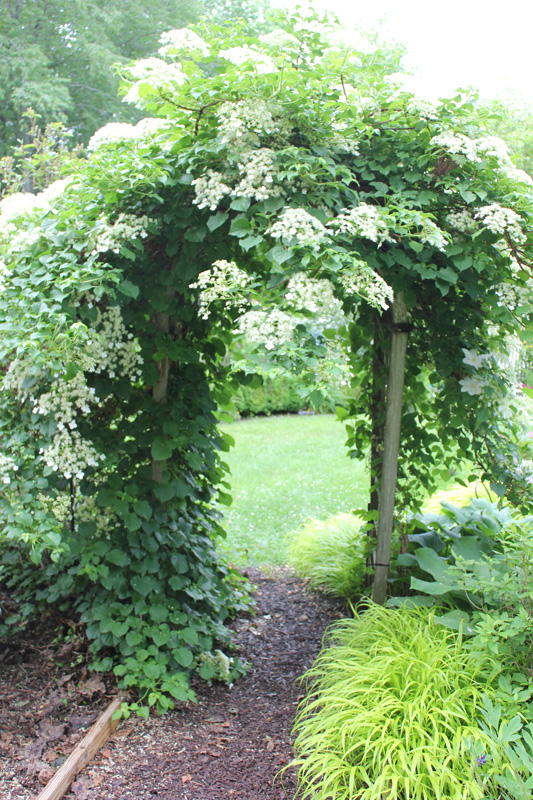
Climbing hydrangea on tall arbor
The infestation was severe on both foliage and stems. There’s no way I could have reached all of it. My decision, therefore, was to spray. However, I still needed to prune it back which in this case, turned out to be a treatment option of sorts as I could remove much of the affected plant parts before spraying.
Time to Spray
After filling and removing 3 wheelbarrows full of clippings (bagged and sent to the dump), it was time to spray. By now it was day two of dealing with hydrangea scale. I was already worn out. Although I had a supply of 70% Neem oil, I chose instead to spray with Espoma insecticidal soap. That’s because Neem degrades in the sun and works best in an overcast, damp environment. Local weather was sunny, ergo the Espoma decision. 3 hours later, the deed was done.
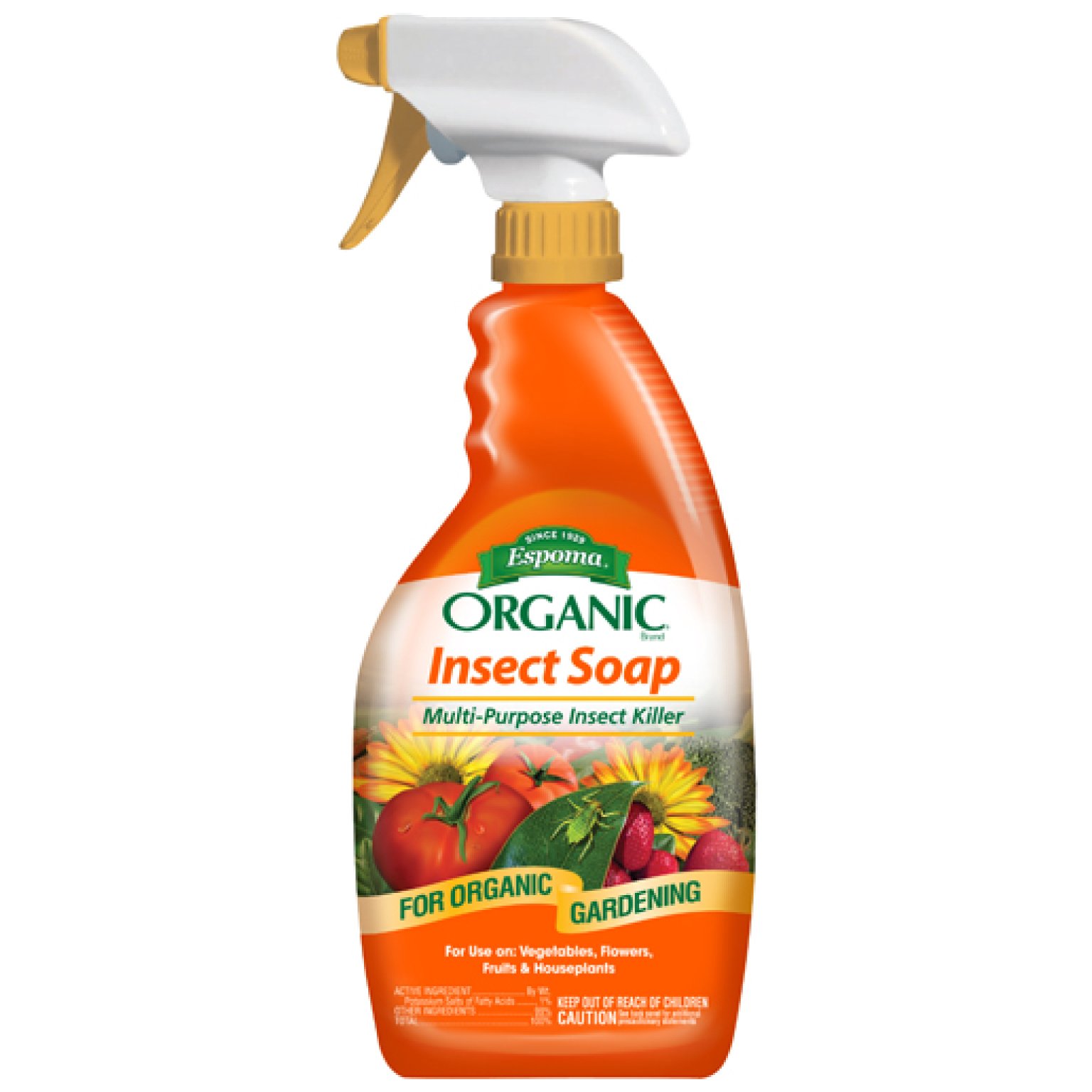
Espoma Organic Insecticidal Soap Spray
Treatment Frequency
But, it’s not a one and done job. I can’t be sure I got all of the eggs. I also can’t be sure some of the larvae hadn’t already hatched and were working on the plant. So this treatment needs to be repeated in about 10 days or so. Then in the fall after the foliage drops, I get to do it yet again. Cleaning up the fallen foliage will also be critically important as this insect can winter over.
The Lesson for You
Your action plan is to read up on what the scientists know about this issue:
https://extension.umd.edu/resource/cottony-camellia-scale-shrubs. Then take some time to inspect your hydrangeas and other plants that are susceptible to this insect since it comes in on the wind. Look closely at the underside of the foliage and stems. You can see these scales with the naked eye so no need to use a hand lens or magnifying glass. Check that you don’t also have this silent predator lurking on other plants in your garden (my next task).
Never has it been more appropriate to engage in an ounce of prevention instead of having to apply a pound of cure.
6 Secrets for Stunning Hydrangea Flowers
Get my FREE mini-guide with 6 fool-proof tips showing how to grow hydrangeas that produce the most amazing flowers.
No spam - I promise!
